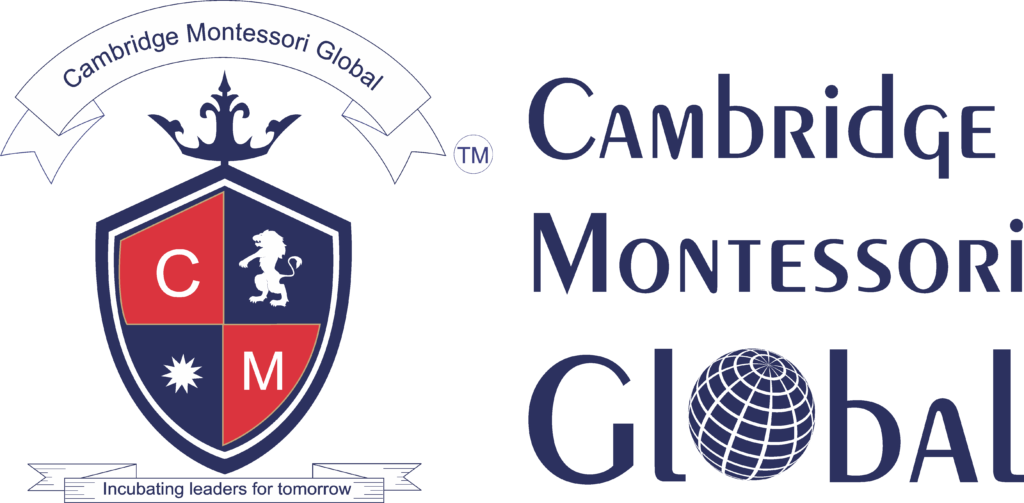Do you ever think of a classroom without technology today? Teachers could only use chalkboards and textbooks a few years ago. And now we are witnessing smartboards, tablets, and digital classrooms defining the way students learn in day-to-day life.
Teaching methods have evolved rapidly, fundamentally impacting the way students think, comprehend, and develop. At the heart of this evolution is the need to prepare students for a complex, technology-driven world.
This blog explores how the stages of educational evolution shape student development, emphasising why adapting to these changes is essential for preparing students for the future.
Stay with us till the end to discover why the right teaching approach can transform learning.
The Shift from Traditional to Modern Classrooms
Teaching has been largely one-way: teachers speak, and students listen. All of the lessons were centred on chalkboards and printed books. These methods introduced discipline and organisation, which were more likely to negatively affect creativity and teamwork.
With the introduction of projectors, computers, and smartboards, this dynamic changed dramatically. Active participation occurred as learning shifted from passive listening. Students started engaging with graphics, videos, and even simulations instead of memorising facts.
For example: A science lesson on the solar system is no longer confined to the pages of a textbook-students can now take virtual tours of planets and learn more, and show even higher interest. This shift is also beneficial to the teachers. Technology will help them individualise lessons, monitor performance in real time, and introduce the global outlook into the classroom.
This shift in the use of traditional chalkboards to digital smartboards has resulted in more interesting, relevant, and accessible learning. Above all, it helps the students to acquire skills that cannot be adequately identified as a form of academic critical thinking, collaboration, and creativity.

Teaching Practices that Support Student Development
Teaching is evolving not only in terms of new tools but also in terms of new ways to learn. The modern-day school has come to realise that not all students learn the same way and teaching should accommodate those requirements. Student-centred learning is one of the changes that is important. Rather than being passive listeners, students are supposed to ask questions, share their ideas, and even be in charge of group projects. Not only does this eliminate lack of confidence, but it also turns them into responsible team players.
Experiential learning is another practice. It can be laboratory work on one of the science lines, a role-playing game during a language course, or a creative art project: anything, though real-life activities enable students to apply the knowledge. It has been found that students learn and retain more when they can do instead of only listening. Personalised learning is also made possible by technology. Learning applications and adaptive testing tools determine the strengths and weaknesses of a child to enable a teacher to give the appropriate support.
This implies to the parents that their child is no longer left behind in a one-size-fits-all system, but rather receives the attention he or she is supposed to receive. This shall be achieved in the contemporary classes by ensuring that student development is not only grade-centred, but also confidence, curiosity, and lifelong learning centered.
The Future of Learning: Blending Tradition with Innovation
Although technology is defining the future of education, traditional ways are also valuable. Physical books, in-person discussions, and handwriting of notes are part of the process to develop focus, memory, and interpersonal skills. The foremost issue facing schools today is how to reconcile the traditional with the innovative.
The future is integrated learning – technology and traditional models living together. Suppose a student is working on math problems on a tablet, but is also working on paper to train their logical thinking. Or a tenth-grade history lesson that, in addition to reading a book aloud, has the children reading interactive timelines on a smartboard.
This mix provides students with two worlds. They acquire the rigour and richness of conventional learning and are simultaneously exposed to the innovativeness, acceleration, and nimbleness of new technologies. In addition, this would equip the students with skills that will help them in the real world, where flexibility is among the most desirable.
This is also continuous learning for teachers. They are now requiring training and professional development programmes so that they can use these new tools. And to parents, it is to understand that it is to seek the right balance in raising a child.
Conclusion
Education has shifted from chalkboards to smartboards, but the objective has stayed the same: growing students into confident and capable people.
By embracing teaching methods that blend tradition with innovation, parents and teachers directly influence students’ ability to become curious learners, future leaders, and effective problem-solvers.
The way we teach today will define the world our children create tomorrow.
